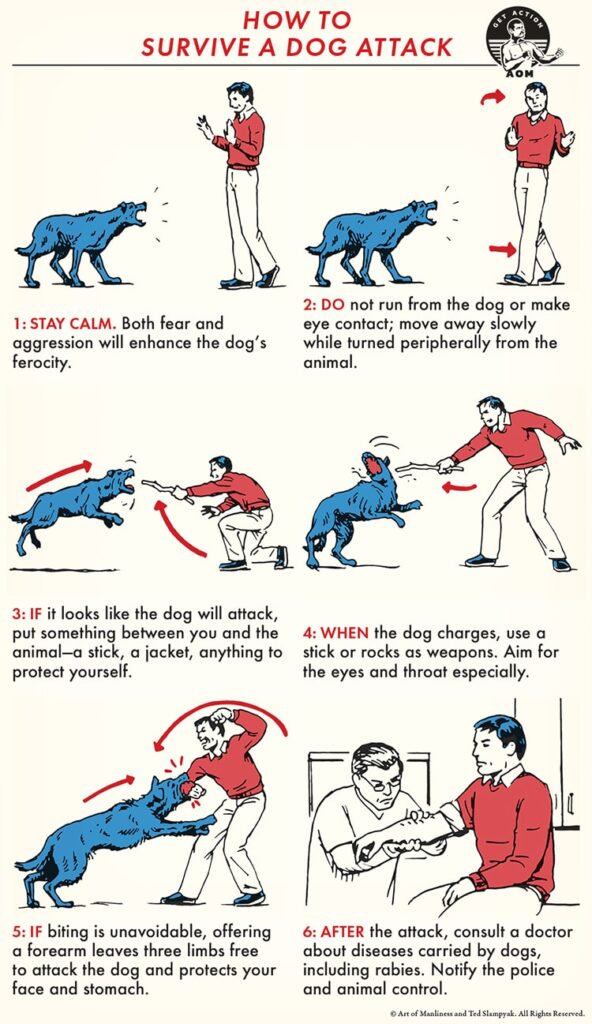Presenting users with too many options might feel like you’re giving them freedom, but in reality, it can backfire—leading to confusion, indecision, and ultimately, abandonment. Known as decision fatigue, this phenomenon slows users down and erodes trust. By thoughtfully structuring choices and streamlining interfaces, designers can guide visitors toward confident, friction-free actions.
Understanding Decision Fatigue
Every click, dropdown, or link is a micro-decision. Over time, these accumulate, depleting users’ mental energy and making even simple tasks feel overwhelming. Hick’s Law tells us that decision time grows logarithmically with the number of options, but that’s only part of the story. People also:
- Settle early on the first “good enough” choice rather than weighing every alternative.
- Overvalue avoiding losses, so too many options can trigger anxiety about making the wrong pick.
- Rely on familiar cues, skimming for the obvious rather than digging deeper.
By recognizing these tendencies, we can build interfaces that reduce cognitive load and keep users moving forward.
Strategy 1: Streamlined Navigation
- Logical Hierarchies: Group related pages under clear, concise headings. For example, a “Products” menu might subdivide into “By Category,” “By Price,” and “By Use Case,” rather than an undifferentiated long list.
- Progressive Disclosure: Reveal options as needed. Show only top-level categories initially, then expand submenus when the user clicks or hovers. This keeps the interface clean and minimizes overwhelming first impressions.
Strategy 2: Prioritize & Pare Down
- Essential First: Feature your most popular or highest-impact options up front. On an e-commerce site, you might showcase your best-selling three products rather than your entire catalog.
- Limit Tiers: When presenting choices—like subscription plans or service levels—stick to three clear tiers: basic, standard, and premium. More than three and users often freeze, unable to distinguish meaningful differences.
Strategy 3: Consistency & Familiar Patterns
- Design Uniformity: Keep buttons, icons, and typography consistent site-wide. A green “Confirm” button should always look and behave the same, so users don’t have to relearn its function.
- Common Conventions: Leverage established patterns—hamburger menus for navigation on mobile, shopping cart icons for checkout. Familiarity reduces the mental effort needed to figure out what to click next.
Strategy 4: Anticipatory & Contextual Design
- Smart Defaults: Preselect the most common option in dropdowns or checkboxes. For instance, default to the user’s last-used shipping address or the most popular color choice.
- Auto-Completion: Autofill address fields or suggest search terms based on past behavior. This kind of micro-interaction turns multiple clicks into one or two keystrokes.
Strategy 5: Supportive Error Handling
- Clear, Actionable Messages: Instead of “Error on line 3,” say “Your credit card number looks short—please enter all 16 digits.”
- Inline Guidance: Show validation hints before the user submits a form, such as real-time password strength meters or live format checks for phone numbers.
Boost Decisions with Social Proof
Social proof—reviews, star ratings, “Most Popular” badges—guides users toward choices that others have already validated. This reduces the mental burden of evaluating every feature yourself.
Final Thoughts
Good UX isn’t about stripping away all choices; it’s about curating them. When you align navigation, content, and interactions with users’ natural decision-making processes, you preserve cognitive energy and foster confidence. Start by auditing your site for decision points where users hesitate or exit, then apply these strategies to create a more intuitive, fatigue-free experience.
By embracing simplicity without sacrificing flexibility—and reinforcing it with social proof—you’ll deliver a design that feels as effortless as it is effective.







